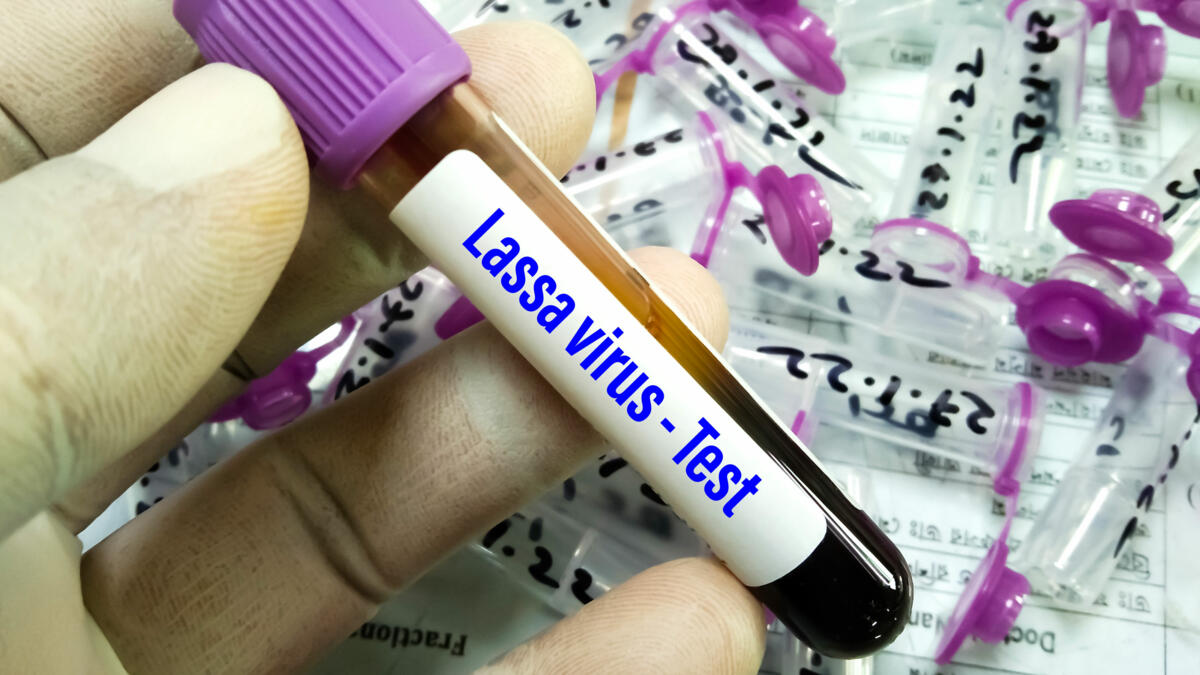Translation Google
One fatal case of Lassa reported
A person has succumbed to the Lassa virus in a village in the Oti-Sud prefecture (North), the Ministry of Health said on Sunday.
Feb 27, 2022 Reading time: 1 min
A person has succumbed to the Lassa virus in a village in the Oti-Sud prefecture (North), the Ministry of Health said on Sunday.
This virus is seasonal.
Lassa fever is endemic in several West African countries, where it infects 100 to 300,000 people a year, 5 to 6,000 of whom die.
Lassa is manifested by high fever, headache, throat pain, nausea, vomiting and muscle pain, among others. If in doubt, it is prudent to consult a doctor.
The main reservoir of the virus is a small peri-domestic rodent. It is transmitted to humans through contact with animal excrement.
To date, there is only one molecule that has shown efficacy against Lassa. This is Ribavirin, a broad-spectrum antiviral against RNA viruses used in particular for the treatment of hepatitis C.
Health officials are working door to door to identify possible contact cases.
One fatal case of Lassa reported
A person has succumbed to the Lassa virus in a village in the Oti-Sud prefecture (North), the Ministry of Health said on Sunday.
Feb 27, 2022 Reading time: 1 min
A person has succumbed to the Lassa virus in a village in the Oti-Sud prefecture (North), the Ministry of Health said on Sunday.
This virus is seasonal.
Lassa fever is endemic in several West African countries, where it infects 100 to 300,000 people a year, 5 to 6,000 of whom die.
Lassa is manifested by high fever, headache, throat pain, nausea, vomiting and muscle pain, among others. If in doubt, it is prudent to consult a doctor.
The main reservoir of the virus is a small peri-domestic rodent. It is transmitted to humans through contact with animal excrement.
To date, there is only one molecule that has shown efficacy against Lassa. This is Ribavirin, a broad-spectrum antiviral against RNA viruses used in particular for the treatment of hepatitis C.
Health officials are working door to door to identify possible contact cases.


Comment